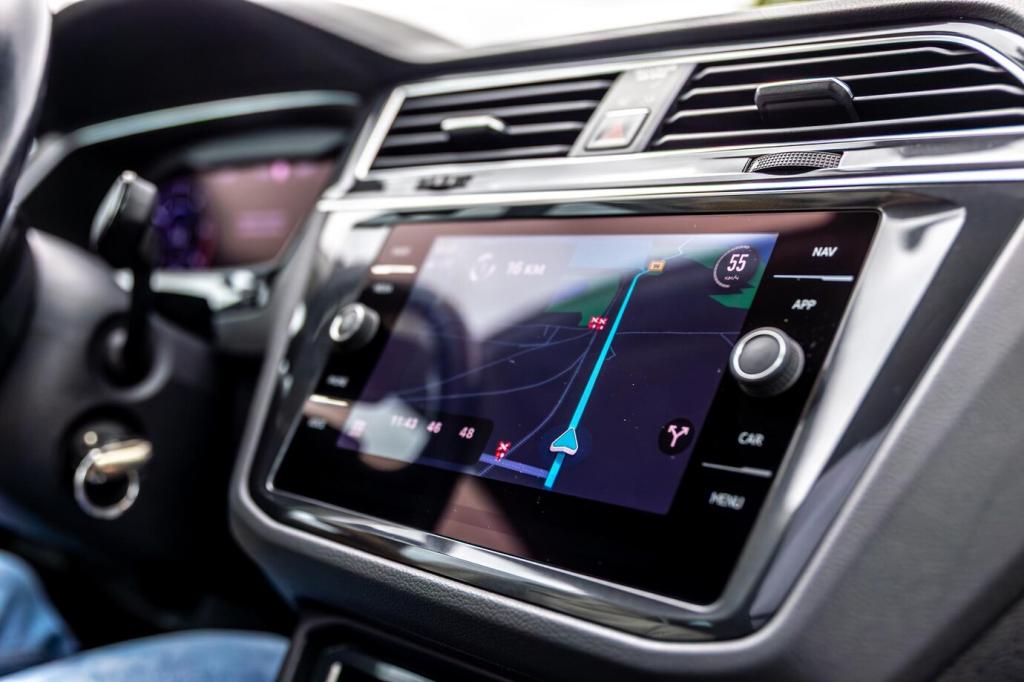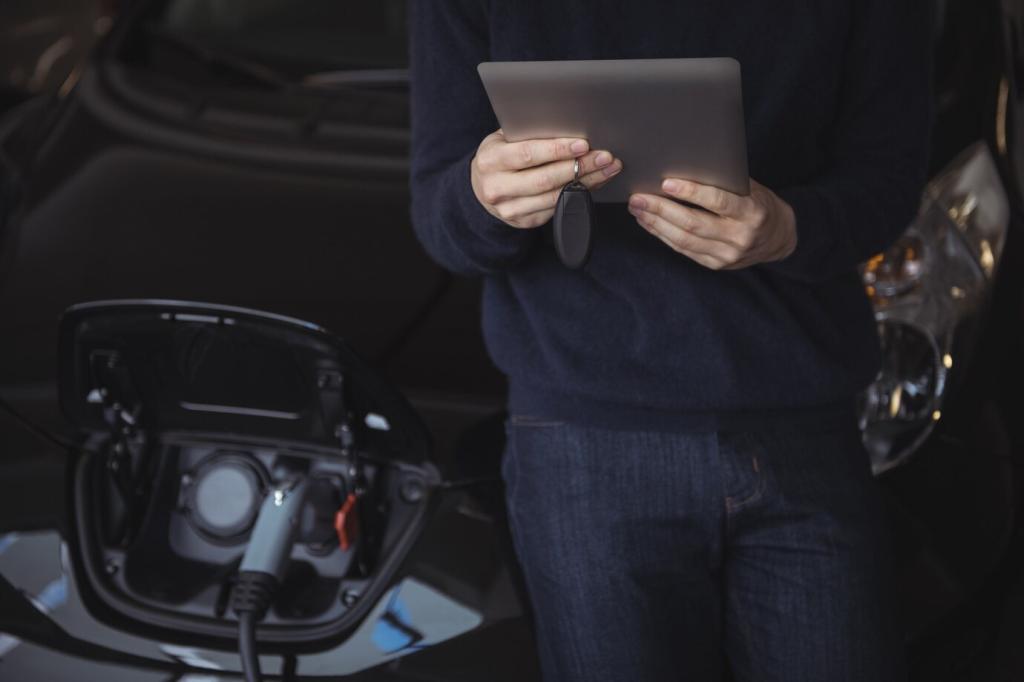Cutting-Edge Automotive Technology in Today's Vehicles
The automotive industry is undergoing a transformative era, driven by rapid advancements in technology. Today’s vehicles are not just means of transportation—they are sophisticated platforms equipped with state-of-the-art features aimed at enhancing safety, performance, connectivity, and sustainability. From intelligent driver-assistance systems to the integration of artificial intelligence, automotive technology is reshaping the driving experience, making it smarter, safer, and more enjoyable than ever before.

Autonomous Emergency Braking
Autonomous Emergency Braking (AEB) is a revolutionary safety feature designed to prevent or mitigate collisions when a driver is unable to react in time. Using radar, cameras, and lidar sensors, the system continuously scans the road for obstacles, including other vehicles, pedestrians, or cyclists. When a potential collision is detected, the AEB system first issues visual and audible warnings to the driver. If there is no response, it independently applies the brakes, aiming to either completely avoid the accident or reduce its severity. The widespread adoption of AEB is shown to significantly decrease the number and seriousness of rear-end accidents. By reacting faster than most humans can, this technology acts as a critical last line of defense on modern roads.

Lane-Keeping Assist
Lane-Keeping Assist (LKA) is another pivotal safety technology found in today’s vehicles. This system combines forward-facing cameras with computer vision algorithms to constantly track road markings. When it detects that a vehicle is unintentionally drifting out of its lane without the use of turn signals, it provides gentle steering inputs or warnings to alert the driver and guide the car back into the correct path. LKA helps set a new gold standard for highway safety by significantly reducing accidents caused by distracted or drowsy driving. Not only does Lane-Keeping Assist minimize the risk of side-swiping incidents or run-off-road collisions, but it also reduces driver fatigue during long journeys, making everyday commutes and road trips safer and more comfortable.
Connectivity and Infotainment Integration
Wireless smartphone integration represents a significant evolution in how drivers interact with their vehicles. Technologies like Apple CarPlay and Android Auto enable drivers to effortlessly connect their devices to the vehicle’s infotainment system without the need for physical cables. This wireless connection allows access to calls, messages, navigation, music, and other apps directly through the vehicle’s touchscreen or via voice commands. The seamless interface reduces driver distraction by centralizing crucial functions and minimizing the need to handle a phone while driving. Wireless integration not only enhances convenience but also streamlines the cabin’s appearance by eliminating cable clutter. As this feature becomes increasingly available, it sets a new standard for connectivity, ensuring that drivers stay safely and intuitively connected on every journey.

Electrification and Powertrain Innovation
Next-Generation Battery Technology
Next-generation battery technology stands at the heart of the electric vehicle revolution. Modern lithium-ion batteries offer improved energy density, quicker charging times, and extended lifespan compared to earlier iterations. Innovators are developing solid-state batteries that promise even greater safety, faster charging, and higher capacity, addressing some of the remaining concerns associated with electric vehicles (EVs). These advancements mean drivers can travel farther on a single charge, access a more robust charging infrastructure, and enjoy longer battery lifespans. Additionally, more sustainable battery chemistries are in development, reducing reliance on scarce materials and making the entire battery lifecycle—from production to recycling—more environmentally friendly. The leap in battery technology is crucial for widespread EV adoption and the future of zero-emission transport.
Regenerative Braking Systems
Regenerative braking is a game-changing technology in both electric and hybrid vehicles. Unlike traditional braking systems that dissipate kinetic energy as heat, regenerative systems capture this energy during deceleration and convert it into electricity, which is then stored back in the vehicle’s battery. This process enhances the overall efficiency of the vehicle, extends driving range, and reduces wear on conventional braking components. More advanced systems allow for finer control over energy recovery and can be tuned for a “one-pedal” driving experience, where lifting the accelerator causes the vehicle to decelerate smoothly without the need for frequent brake use. By systematically reclaiming energy that would otherwise be lost, regenerative braking is a vital component of modern powertrain innovation.
Plug-in Hybrid Advancements
Plug-in hybrid vehicles (PHEVs) represent a sophisticated merging of internal combustion engines and electric propulsion. Recent advancements have improved the electric-only range, battery life, and overall fuel efficiency of PHEVs, making them more practical for a wider range of drivers. Modern PHEVs can complete short daily commutes entirely on electric power, while the gasoline engine ensures extended range for longer trips. Intelligent energy management systems automatically optimize the power source for any given driving situation, balancing performance, economy, and emissions. These improvements address previous limitations and offer drivers both the environmental benefits of electrification and the flexibility of traditional vehicles—positioning plug-in hybrids as a practical stepping stone toward full electrification.
